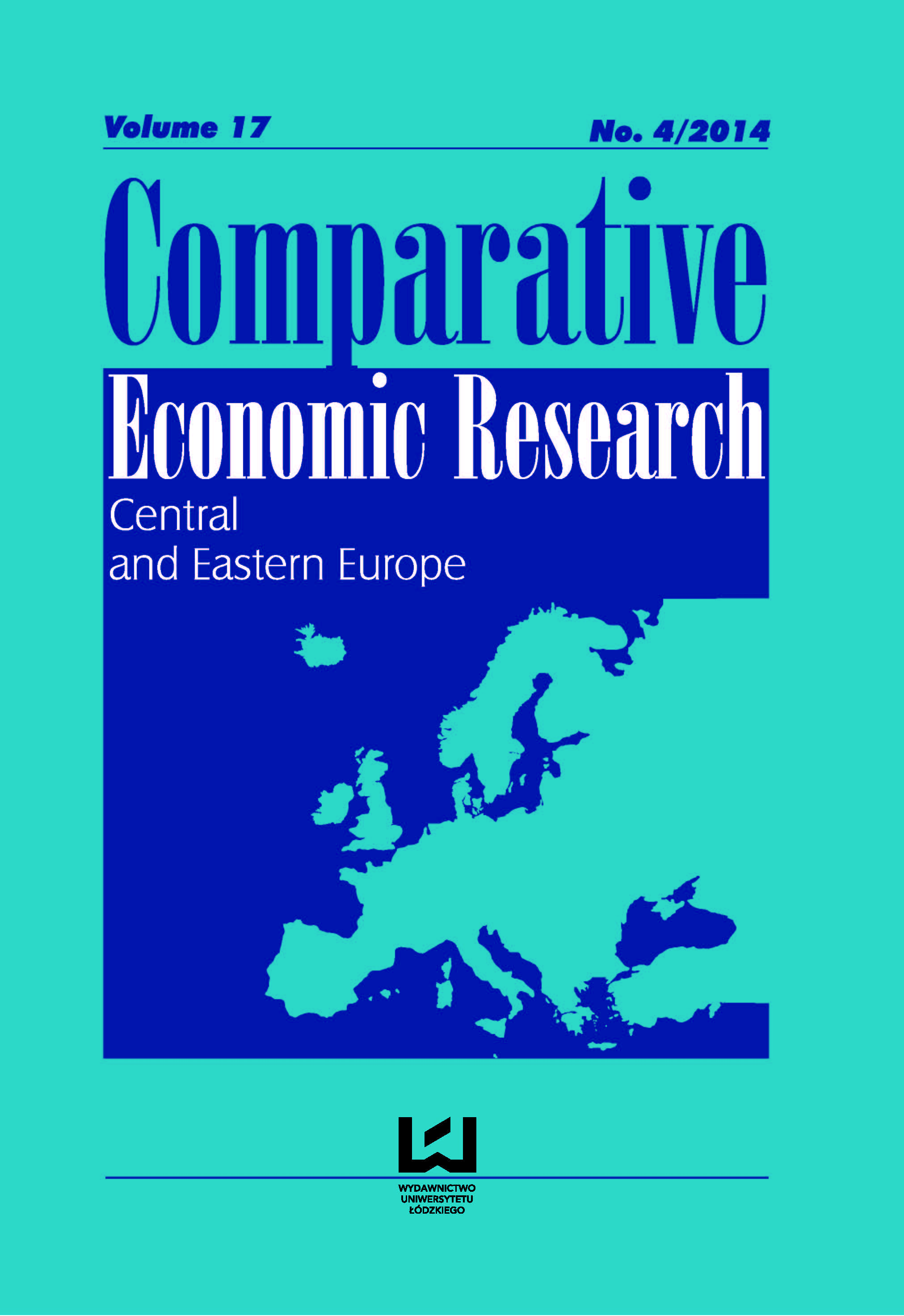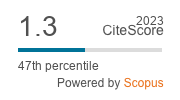Application Of Input-Output Analysis In The Health Care
DOI:
https://doi.org/10.2478/cer-2014-0034Keywords:
input-output models, the health sector, the analysis of flowsAbstract
Usage of the economic analysis in the study of the performance of health care system does not surprise anyone nowadays. Trends that are drawn over the years fluctuate from the technology assessment of health programs – in terms of efficiency, costs or utility for patients, through methods to establishing copayment for health services and the demand for medical services. Much of the interest is devoted to analysis of the shape of the health care system: the amount of contributions to the National Health Fund, the managing the system, both at the micro and macro level, or restructuring. Any method that allows to show dependencies, identify weaknesses/strengths of the health care system is appreciated by health policy makers. The aim of this article is an attempt of the use of models of input-output type in the analysis of the performance of the health care sector in Poland. The construction of input-output model is based on the observed data for the specified, variously defined area – it may concern: country, region, municipality, etc., hence with the appropriate designed database, it may be possible to examine the flow of health benefits – for example, expressed in zlotys. Part of the article is dedicated to theoretical aspects of the input-output models and the problems this usage can cause.
Downloads
References
Isard W., Bramhall D.F. (1960), Gravity, potential and spatial interaction models, [in:] Isard W. (ed.), Methods of regional analysis, Cambridge, Mass: MIT Press, pp. 493-568.
Google Scholar
Jewczak M., Żółtaszek A. (2011a), Spatial Shift-Share analysis as a health policy tool, [in:] Suchecki B. (ed.), Spatial econometrics and regional economic analysis, Folia Oeconomica 252, University of Lodz Press, Lodz.
Google Scholar
Jewczak M., Żółtaszek A. (2011b), Ocena efektywności technicznej podmiotów sektora opieki zdrowotnej w Polsce w latach 1999-2009 w ujęciu przestrzenno-czasowym, [in:] Glinka B., Hansel P. (eds.), Problemy Zarządzania nr 3/2011, University of Warsaw Press, Warsaw.
Google Scholar
Miller R., Blair P. (2009), Input-Output Analysis. Foundations and Extensions, Cambridge University Press, New York.
Google Scholar
Sargento A.L.M. (2009), Regional input-output tables and models, Universidade de Coimbra, Portugal, published on-line: https://estudogeral.sib.uc.pt/bitstream/10316/10120/3/Regional%20io%20tables%20and%20models_cd%20pdf%20file.pdf [access date: 06.06.2014].
Google Scholar
Schneider M. (ed. - project coordinator) (2001), A System of Health Accounts in Poland, Warsaw, Health Care Services Development Project IBRD, Loan Number 3466-POL.
Google Scholar
Suchecka J. (2009), Metody oceny efektywności technicznej szpitali [in:] Holly R., Suchecka J. (eds.), Szpital publiczny w polski systemie ochrony zdrowia. Zarządzanie i gospodarka finansowa, Lodz- Warsaw.
Google Scholar
Suchecki B. (ed.) (2010), Ekonometria Przestrzenna. Metody i modele analizy danych przestrzennych, C.H.Beck Press, Warsaw.
Google Scholar
Tomaszewicz Ł. (1994), Metody analizy input-output, PWE, Warsaw.
Google Scholar
Vincova K. (2005), Using DEA model to measure efficiency, [in:] Analysis of aspect of competitiveness and readiness of selected Slovak Companies for EU membership, Kosice.
Google Scholar
Downloads
Published
How to Cite
Issue
Section
License

This work is licensed under a Creative Commons Attribution-NonCommercial-NoDerivatives 4.0 International License.











